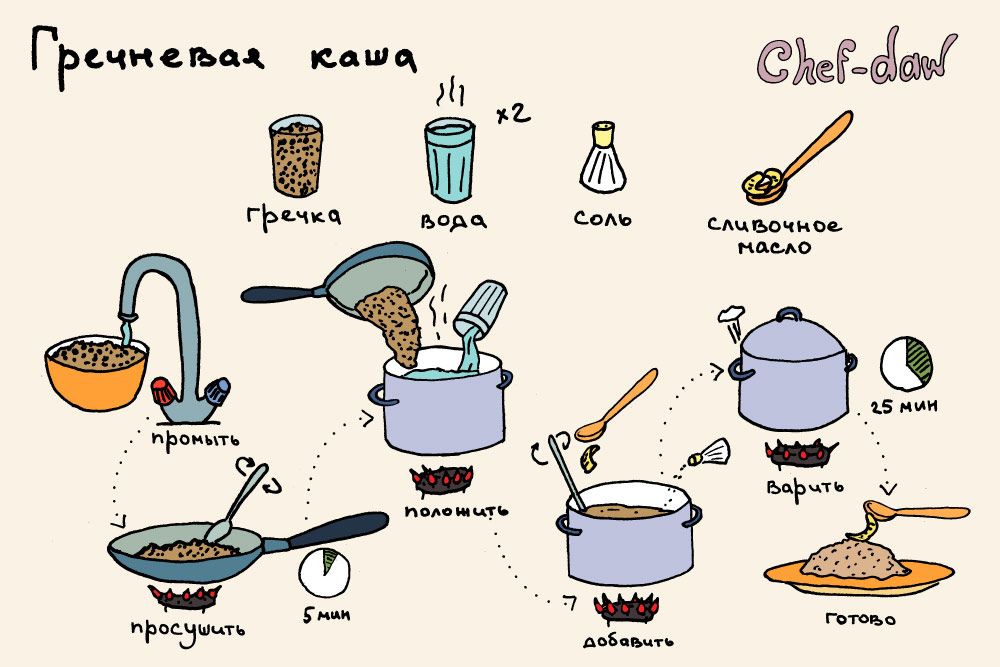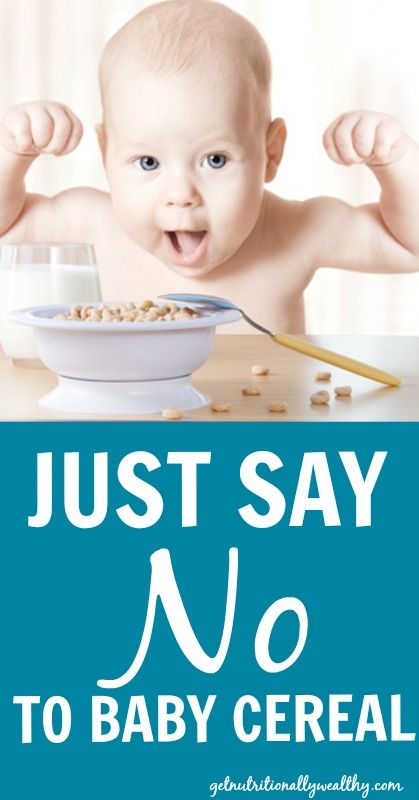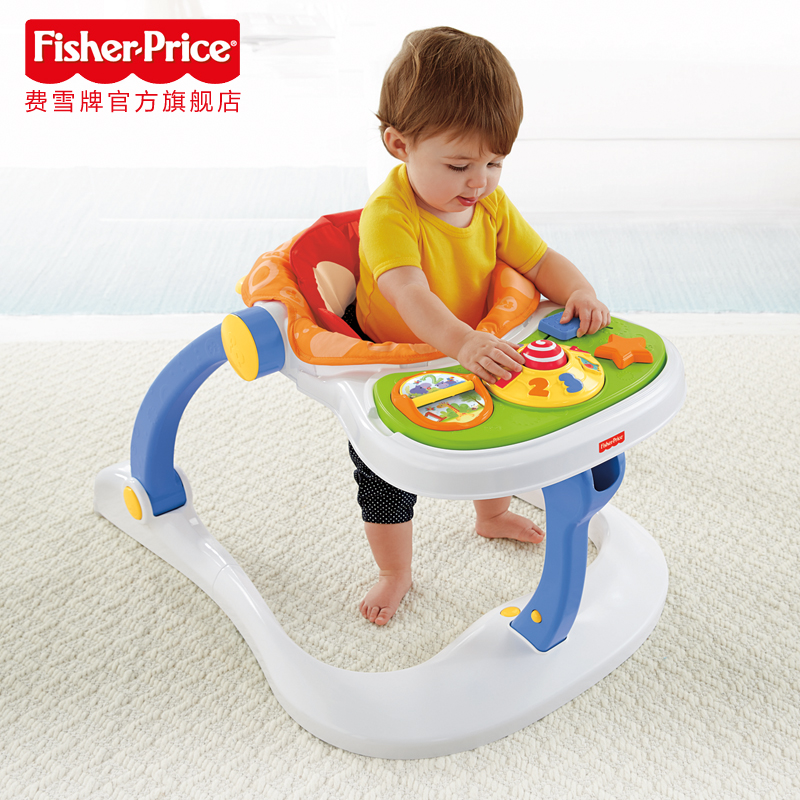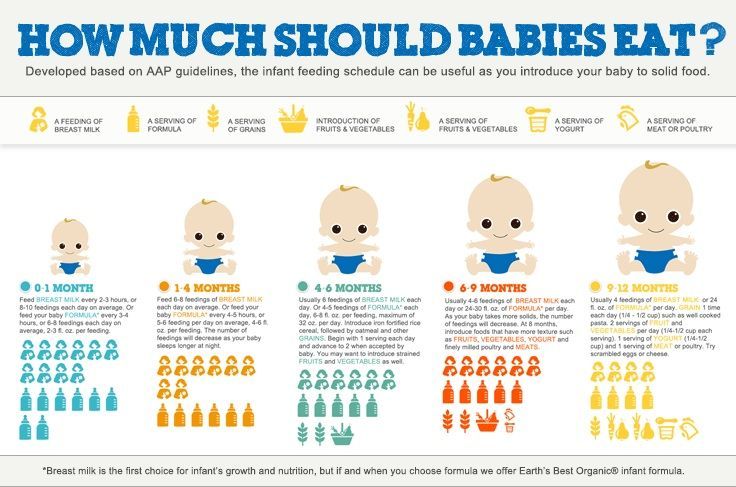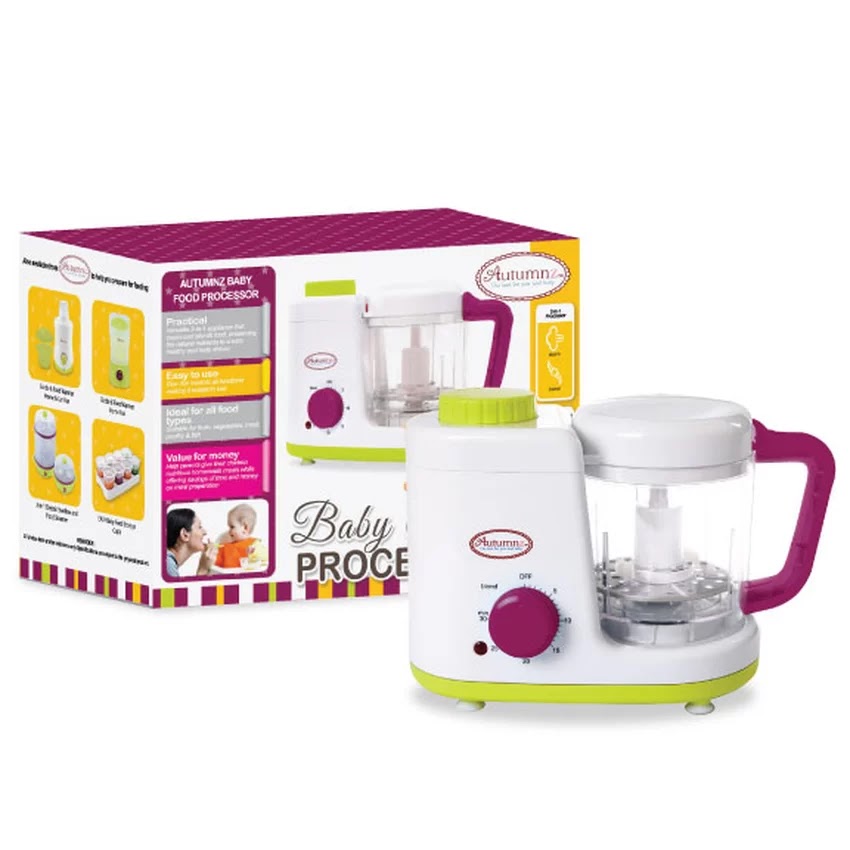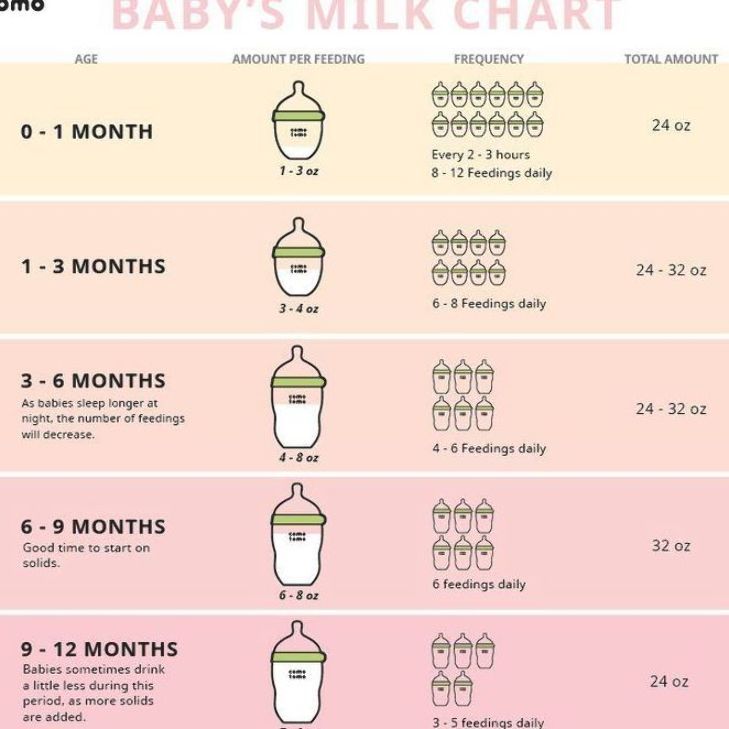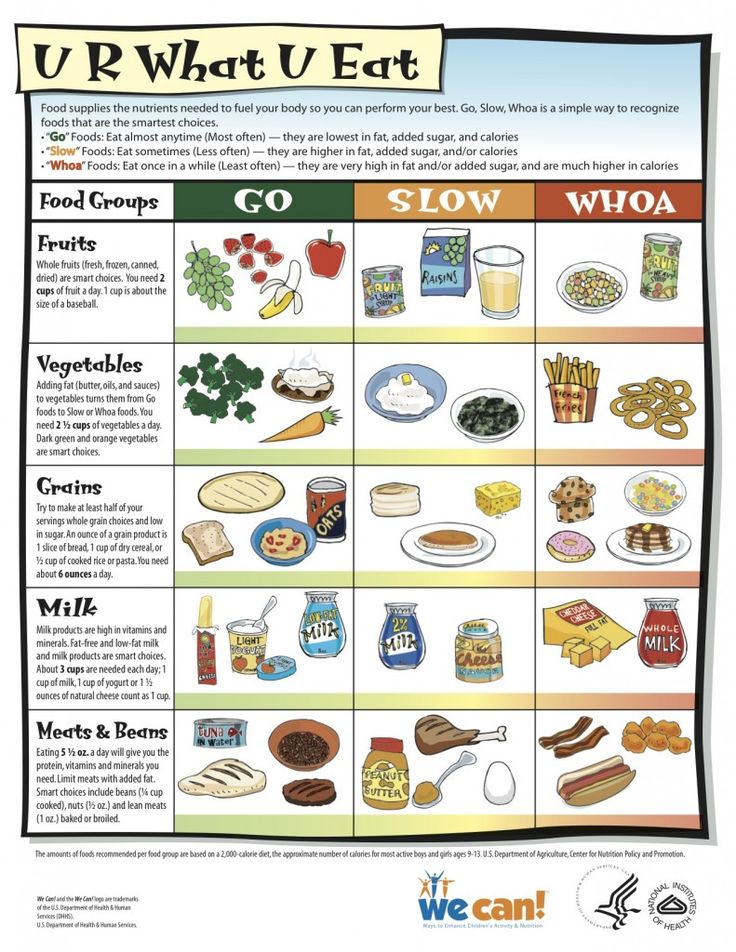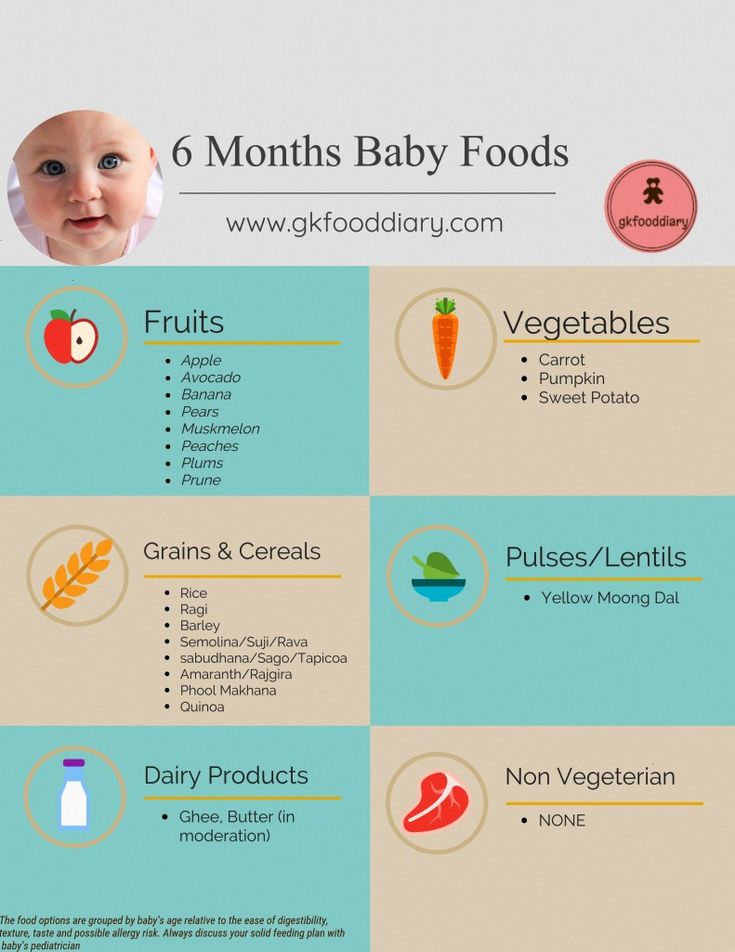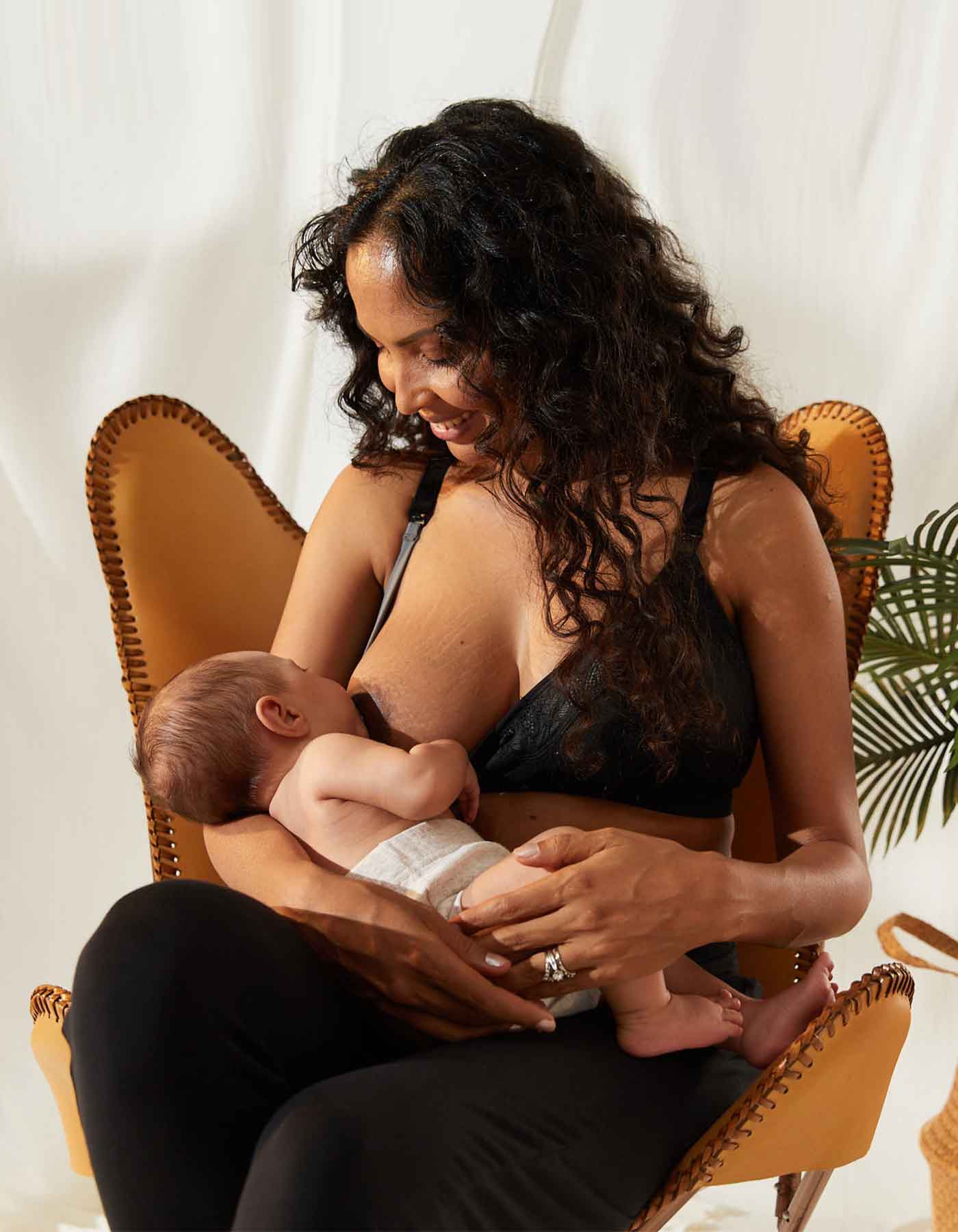How to cook babies food
10 Easy Homemade Baby Food Ideas (No-Cook, Super Fast, Stage 1)
Learn how to make the EASIEST homemade baby food recipes (stage 1) for your little one with these super simple no-cook ideas. Plus: I have the best tips for making them ahead and freezing them so you can batch cook and simplify your days!
Homemade Baby Food
As a mom to three kids, I know firsthand how the urge to make homemade baby food can be both exciting and a little daunting. And if you have a busy schedule or other kids in the house, finding the time to actually do it can seem impossible. But, there are so many healthy foods that you can transform into stage 1 baby food purees with hardly any work or special equipment at all!
TIP: I use a regular blender for all of these recipes, so you don’t need to buy a special baby food maker unless you want to.
Baby Food Recipes for 6, 7, and 8 Month Old Babies
These homemade baby food ideas are designed for younger babies who are still eating thinner purees, but you can of course use them for older babies and toddlers too. Each can be served as is, or you can combine more than one together to create new flavors if you’re feeling creative!
TIP: If you want to add fat or protein to any of these fruit or veggie purees, simply stir in a little whole milk yogurt, coconut cream, or Avocado Puree.
Best Way to Make Baby Food
I’ve found that the easiest and most approachable way to make baby food is to simply use a blender. With fresh ingredients and a little water, breastmilk, or formula to thin it as needed, you can easily make your baby meals without investing in equipment you may not use very long.
TIP: You’ll want to start with at least 1 cup of any base ingredient to ensure that there’s enough in the blender to fully blend up.
Tools You Need to Make Homemade Baby Food
To make these baby food recipes you’ll need:
- Blender (you could also use an immersion blender if yours is very strong)
- Water, formula, or breastmilk to thin as needed
- Knife for chopping produce
- Spoon
- Bowls
- Ice cube tray
- Freezer bags for storage
- Baby food storage containers
Stage 1 Baby Food
These baby foods are meant for early eaters as they are typically very thin and easy for a baby to move around in their mouths. I follow the recommendations to wait until 6 months to start solids, so I personally don’t worry excessively about this distinction as I like babies to experience some texture in their purees. (The ones you find at the store are low allergenic foods and are meant for 4+ months.)
I follow the recommendations to wait until 6 months to start solids, so I personally don’t worry excessively about this distinction as I like babies to experience some texture in their purees. (The ones you find at the store are low allergenic foods and are meant for 4+ months.)
Stage 2 Baby Food
These baby foods are typically a little bit thicker, sometimes include more than one ingredient, and offer a wider variety of ingredients. Most babies are ready for these sorts of purees around 7-8 months, or once they’ve mastered thinner purees. (Again, since I like to do a combined baby feeding approach with both baby led weaning and purees, I don’t worry too much about following the calendar to decide when to introduce these.)
TIP: As a backup to my homemade baby foods, I love the options from Amara Organic Baby Food (paid affiliate link) since you simply need to stir it together with breast milk, formula, or water and it’s ready to serve.
And now, for my ten go-to homemade baby food purees that you don’t even need to cook!
1.
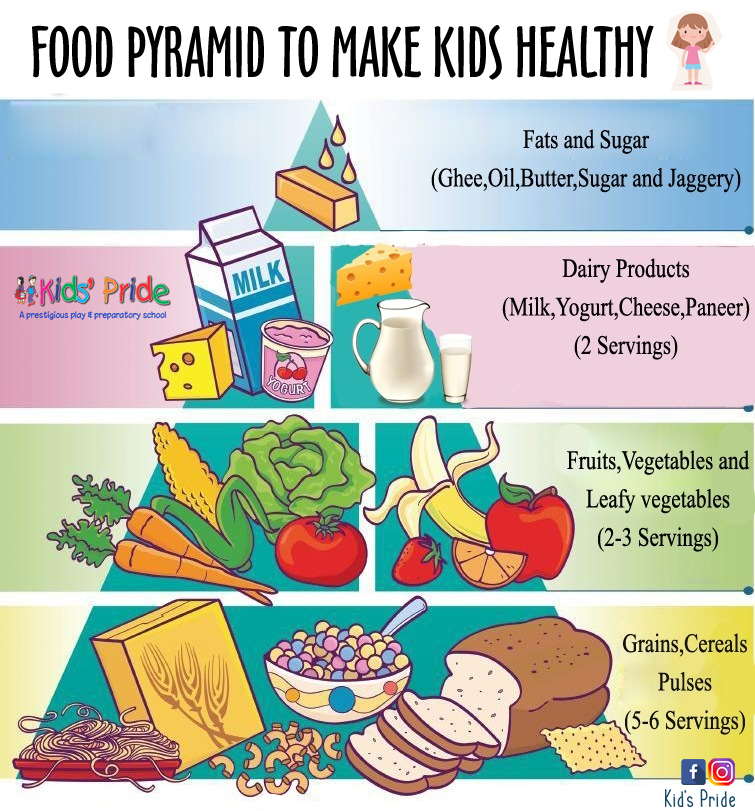 Avocado Puree
Avocado PureeTo make avocado puree for a baby, you just need a fresh avocado, a blender, and some lemon juice if you plan to store it for later. I sometimes even do this with just a fork if the avocado is super soft! It’s a perfect way to introduce a low allergenic food that’s rich in healthy fats.
TIP: Get the full recipe for Avocado Puree here.
2. Bean Puree
Baby’s early foods don’t have to be all one food group and beans are a great food to have in the mix. You can do this easy bean puree with chickpeas, pinto beans, black beans, or even white beans, thinning it as needed with water, formula, or breastmilk. This is a great puree to mix with a little sweet potato or butternut squash.
TIP: Get the full recipe for Bean Puree here.
3. Blueberry Puree
Using fresh or frozen blueberries, this easy berry puree is loaded with fresh flavor and antioxidants. It’s delicious on its own or stirred into plain whole milk yogurt or baby oatmeal.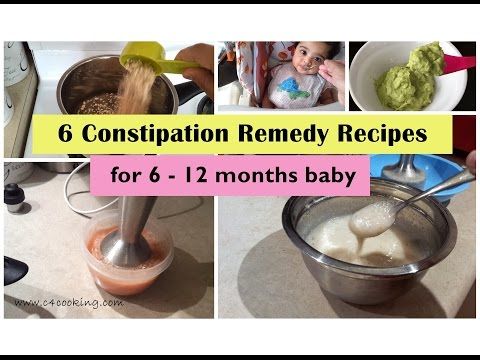 (Note that it thickens up as it sits in the fridge, so you’ll need to stir it well to serve.)
(Note that it thickens up as it sits in the fridge, so you’ll need to stir it well to serve.)
TIP: Get the full recipe for Blueberry Puree here.
4. Kiwi Puree
With a bright flavor, this puree is great for babies who seem to love flavor—and it’s a fun one to make and store for later. You’ll want to make sure that you choose very ripe and sweet kiwi and taste it before you make the puree to ensure that it’s not too tart. (If it seems tart, you can mix with banana or applesauce.)
TIP: Get the full recipe for Kiwi Puree here.
5. Mango Puree
Using fresh or thawed frozen mango, this baby puree blends up in seconds. It’s bright, flavorful, and a great source of immune-boosting vitamins. Taste your mango to be sure that it’s sweet and not too tart. (If it’s tart, you can add Applesauce or ripe Banana Puree.)
TIP: Get the full recipe for Mango Puree here.
6. Peach Puree
Turn fresh or frozen and thawed peach slices into a super smooth Stage 1 baby food with this easy blender method.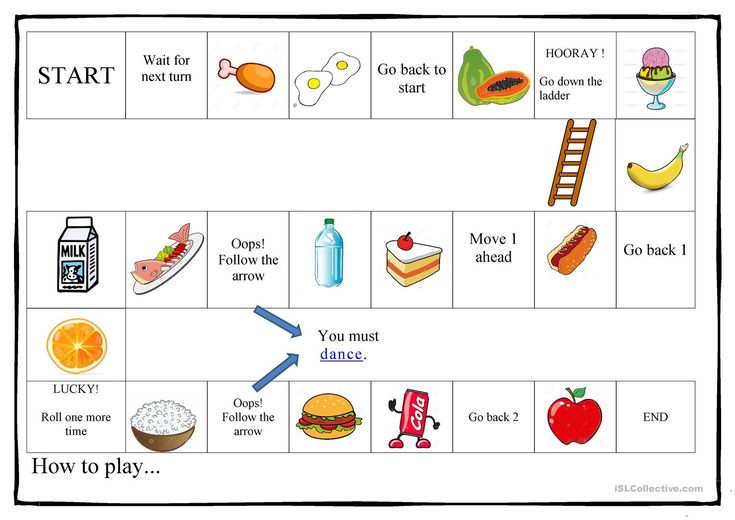 You’ll want to strain out the skin since it’s hard to blend up smooth, even with a high powered blender, but that’s so easy to do! This baby food recipe is a nice alternative to applesauce.
You’ll want to strain out the skin since it’s hard to blend up smooth, even with a high powered blender, but that’s so easy to do! This baby food recipe is a nice alternative to applesauce.
TIP: Get the full recipe for Peach Puree here.
7. Whipped Peanut Butter
This may not have occurred to you, but whipped peanut butter is a great baby food! This is a perfect way to introduce baby to peanut butter and to offer it safely there after. You just need to stir water into unsweetened creamy peanut butter until it forms a whipped consistency like yogurt. It’s smooth, not too sticky, and packed with protein.
TIP: Get the full scoop on introducing peanuts to baby here.
8. Pineapple Puree
Blend up fresh or frozen pineapple chunks into a tropical baby food puree that’s smooth and creamy. This is yummy on its own or paired with whole milk plain yogurt. Taste your pineapple to ensure that it’s not too tart. (If it’s tart, you can add Applesauce or ripe Banana Puree. )
)
TIP: Get the full recipe for Pineapple Puree here.
9. Strawberry Puree
Fresh strawberries blend up into a perfectly smooth homemade puree without the need for any additional liquid. You can serve this as is, or mix with applesauce if desired. The flavor of your berries will determine the flavor of your puree, so be sure to taste them for sweetness.
TIP: Get the full recipe for Strawberry Puree here.
10. Banana Puree
Ripe bananas make great homemade baby food with the help of just a blender. This is a super simple baby food to make at home and it’s easy to digest as a Stage 1 baby food. Use ripe bananas with brown spots to ensure that the puree tastes sweet and is easy for baby to digest.
TIP: Get the full recipe for Banana Puree here.
Homemade Baby Food Storage
The easiest way to store homemade baby food is to add fresh purees to an ice cube tray and freeze.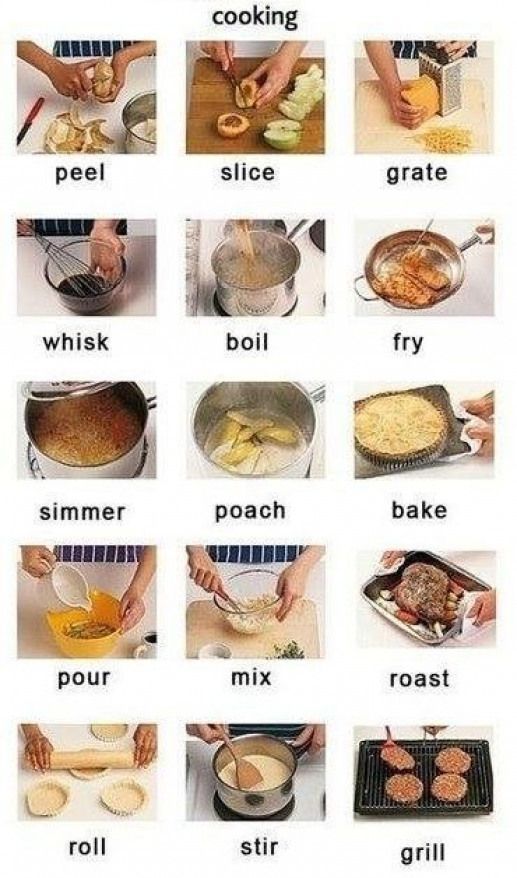 Once frozen, simply pop out the cubes and store in labeled freezer bags for up to 3 months. These are a perfect way to make it easy to send homemade baby food to daycare or to simply get ahead for the coming week.
Once frozen, simply pop out the cubes and store in labeled freezer bags for up to 3 months. These are a perfect way to make it easy to send homemade baby food to daycare or to simply get ahead for the coming week.
TIP: Find more information about storing baby food—including the best small food storage containers—here.
]
Tips for Making the Best Homemade Baby Food
- Use at least 1 cup base ingredient to ensure that a blender has enough volume to blend well.
- Thin any homemade puree with water, formula, or breast milk.
- Freeze any baby food you won’t use within 3 days in an ice cube tray. Transfer frozen cubes into freezer storage bags for up to 3 months. Thaw these frozen baby food recipes in an airtight container in the fridge overnight before you plan to serve.
- Taste all fresh foods for sweetness and to ensure that your puree isn’t too tart. To tame tartness, mix any puree with Banana Puree , Avocado Puree, Applesauce, or Mashed Sweet Potato.
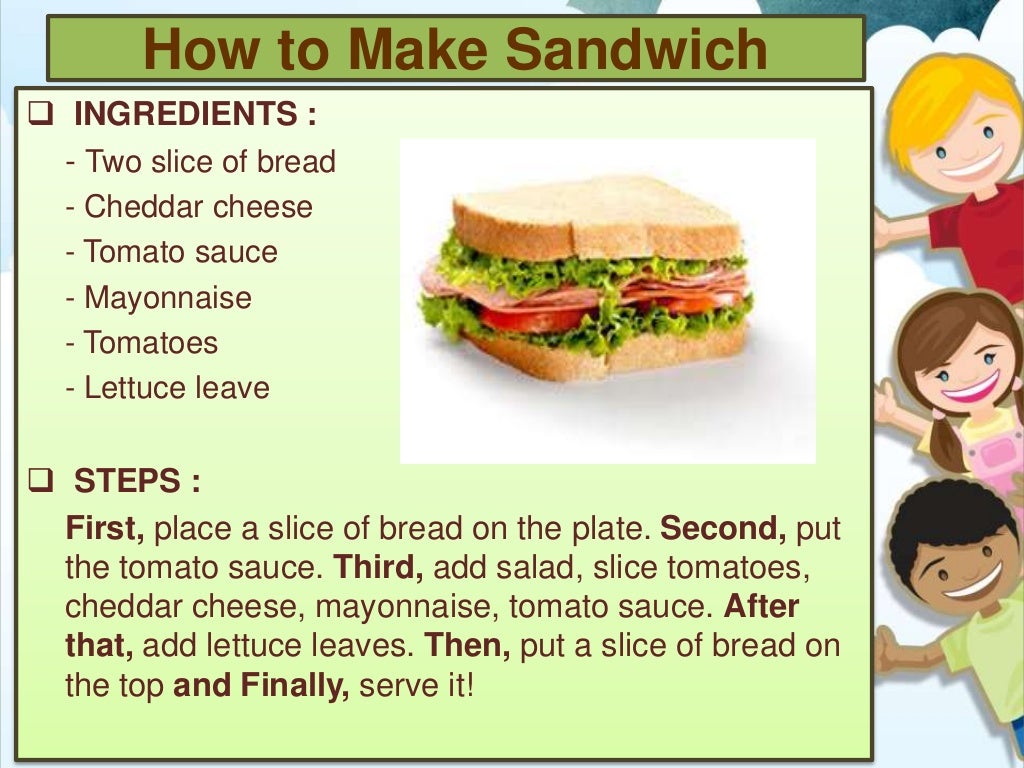
- If you want to add fat or protein to any of these fruit or veggie purees, simply stir in a little whole milk yogurt, coconut cream, or Avocado Puree.
- Use breastmilk or formula in place of the water if desired.
- Mix two purees together for more complex flavors.
- Add texture to any puree by stirring in baby oatmeal or hemp seeds.
- For more details on each of these, find them here: Avocado Puree; Banana Puree, Bean Puree; Blueberry Puree, Kiwi Puree, Mango Puree, Pineapple Puree, Peanut Butter Puree, Peach Puree, Strawberry Puree
I’d love to hear your feedback on this way of making simple baby food, so please comment below. I so appreciate hearing your experience with my recipes!
Prep Time 5 minutes
Cook Time 0 minutes
Total Time 5 minutes
Author Amy Palanjian
Cuisine American
Course Baby Food
Calories 42kcal
Servings 4
- ▢ 1 cup blueberries, diced strawberries, diced peaches (peeled), diced kiwi (peeled), diced pineapple (peeled), diced banana (peeled), diced mango (peeled), diced avocado (peeled), OR beans (rinsed and drained)
- ▢ water, formula, or breast milk (as needed)
Choose one fruit, the avocado, or beans and add to a blender.
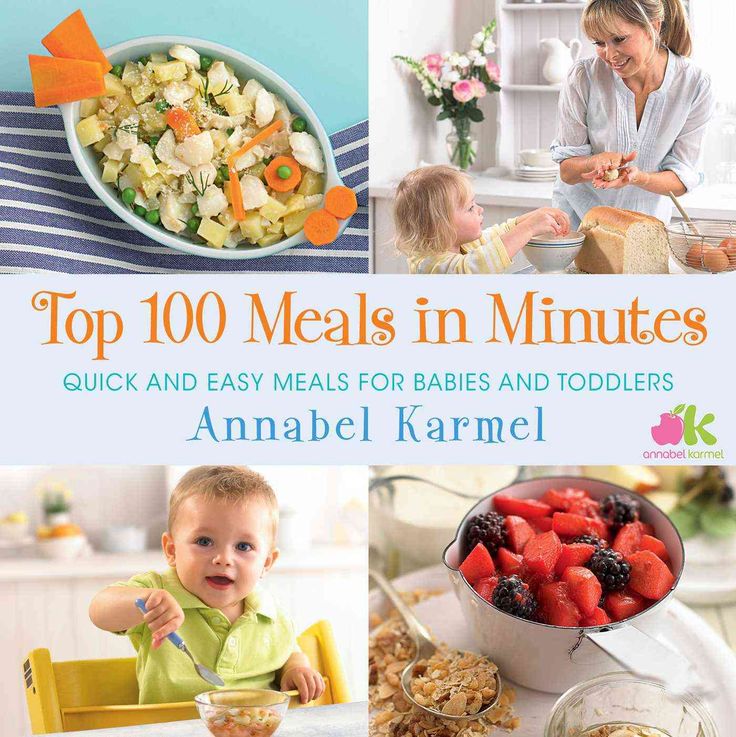
If making the puree with blueberries, strawberries, peaches, kiwi, pineapple, mango, or beans, add ¼ cup water and blend, adding more water as desired to make a thin, very smooth puree. If making avocado or banana, just blend (without water) until very smooth.
Serve or store in an airtight container for 3-5 days in the fridge, or up to 3 months in the freezer.
Vitamix Blender
Storage Containers
Silicone Ice Cube Tray
- Use at least 1 cup base ingredient to ensure that a blender has enough volume to blend well.
- Thin any homemade puree with water, formula, or breast milk.
- Freeze any baby food you won't use within 3 days in an ice cube tray. Transfer frozen cubes into freezer storage bags for up to 3 months. Thaw these frozen baby food recipes in an airtight container in the fridge overnight before you plan to serve.
- Taste all fresh foods for sweetness and to ensure that your puree isn't too tart.
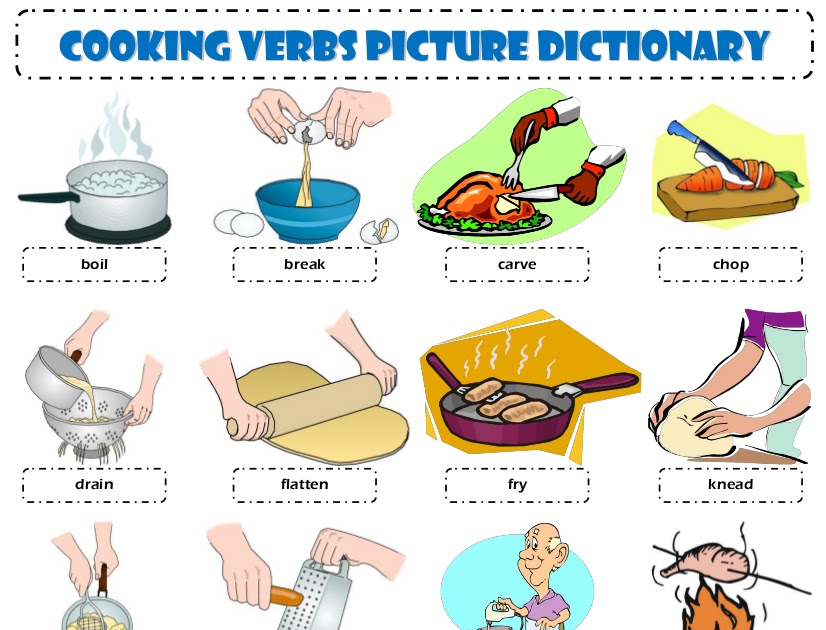 To tame tartness, mix any puree with Banana Puree , Avocado Puree, Applesauce, or Mashed Sweet Potato.
To tame tartness, mix any puree with Banana Puree , Avocado Puree, Applesauce, or Mashed Sweet Potato. - If you want to add fat or protein to any of these fruit or veggie purees, simply stir in a little whole milk yogurt, coconut cream, or Avocado Puree.
- Use breastmilk or formula in place of the water if desired.
- Mix two purees together for more complex flavors.
- Add texture to any puree by stirring in baby oatmeal or hemp seeds.
- For more details on each of these, find them here: Avocado Puree; Banana Puree, Bean Puree; Blueberry Puree, Kiwi Puree, Mango Puree, Pineapple Puree, Peanut Butter Puree, Peach Puree, Strawberry Puree
Serving: 0.25cup, Calories: 42kcal, Carbohydrates: 11g, Protein: 1g, Fat: 1g, Saturated Fat: 1g, Polyunsaturated Fat: 1g, Monounsaturated Fat: 1g, Sodium: 1mg, Potassium: 57mg, Fiber: 2g, Sugar: 7g, Vitamin A: 40IU, Vitamin C: 7mg, Calcium: 4mg, Iron: 1mg
Tried this recipe?Rate in the comments and tag @yummytoddlerfood on IG!
How to Make Homemade Baby Food
Contributors: Jill Weisenberger, MS, RDN, CDE, FAND
Published: December 17, 2019
Reviewed: November 12, 2019
Wiktory/ThinkstockBreastfeeding is recommended exclusively until six months of age and along with solid foods until at least one year of age.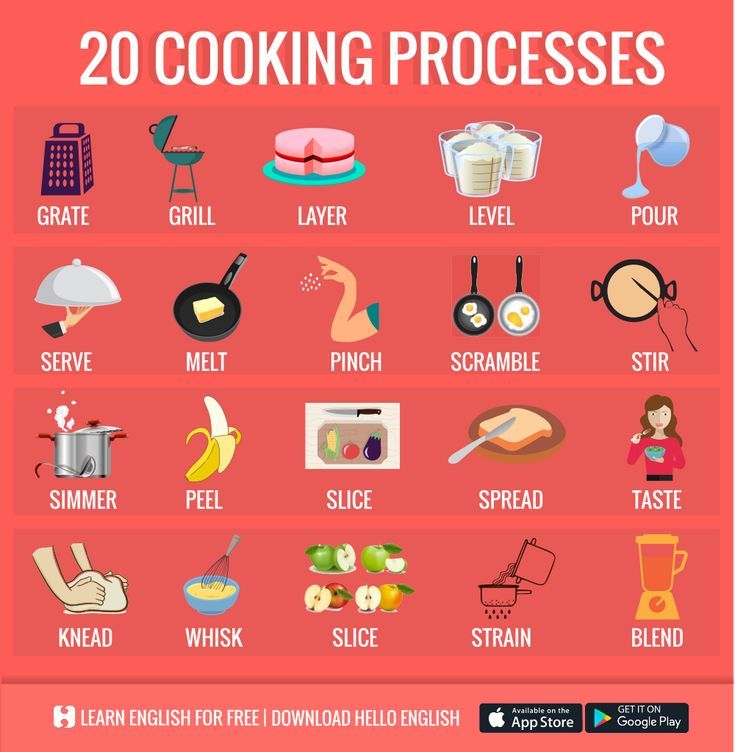 Talk with your pediatrician about the best time for your baby to start solids and how to introduce them. Monitoring for possible food reactions is especially important, as is providing foods that contribute key nutrients like protein, iron and zinc.
Talk with your pediatrician about the best time for your baby to start solids and how to introduce them. Monitoring for possible food reactions is especially important, as is providing foods that contribute key nutrients like protein, iron and zinc.
If your little one is ready for solid foods, you have numerous nutritious options at the supermarket, such as iron-fortified cereal, to feed your baby. And, if you prepare homemade baby food, you have even more variety: Not only can you pick from an assortment of fruits and vegetables in the produce section, but you can also use frozen veggies and fruits canned in their own juices.
Making your own food can help expose babies to more flavors, which may help them become more adventurous eaters. Furthermore, by managing added sugars and salt, you're in greater control of your baby's nutrition.
Follow these guidelines if you choose to prepare homemade baby food:
Getting Started
If you are interested in preparing your own baby food but find the idea daunting, start with just a few homemade items.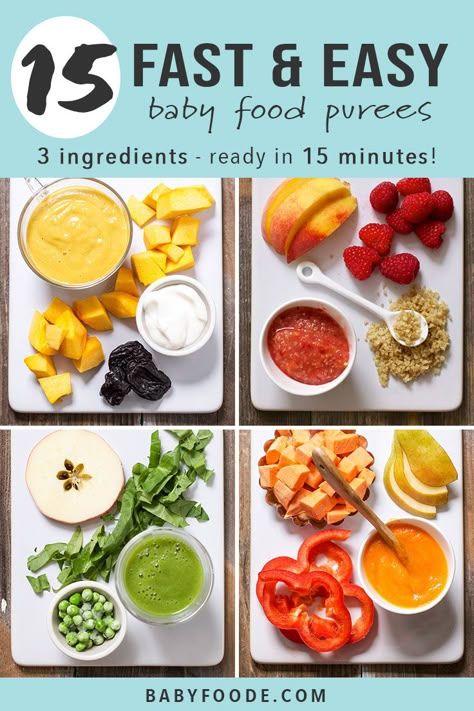 Mashing a very ripe avocado or banana is a good place to begin. After your baby responds well, you can try preparing nutrient-rich foods that might not be as common in the baby food aisle, such as beets, broccoli, turnips, asparagus, spinach, blueberries, kale, mango and papaya. Just be sure to mash or puree the foods for your baby and serve only one new single ingredient food at a time.
Mashing a very ripe avocado or banana is a good place to begin. After your baby responds well, you can try preparing nutrient-rich foods that might not be as common in the baby food aisle, such as beets, broccoli, turnips, asparagus, spinach, blueberries, kale, mango and papaya. Just be sure to mash or puree the foods for your baby and serve only one new single ingredient food at a time.
Use items that are in season or foods that you’re preparing for the rest of the family, but without the added sugars, salt and seasonings. Everyone in the family will get to enjoy the same nutritious foods, which will save you time and effort.
Preparing Food
Be vigilant about sanitation. Use only well-scrubbed and washed produce, clean hands, utensils, cutting boards and countertops.
- Wash and peel produce and remove any seeds or pits. Take special care with fruits and vegetables that are grown close to the ground as they may contain spores of Clostridium botulinum or contain other harmful bacteria that can cause food poisoning.
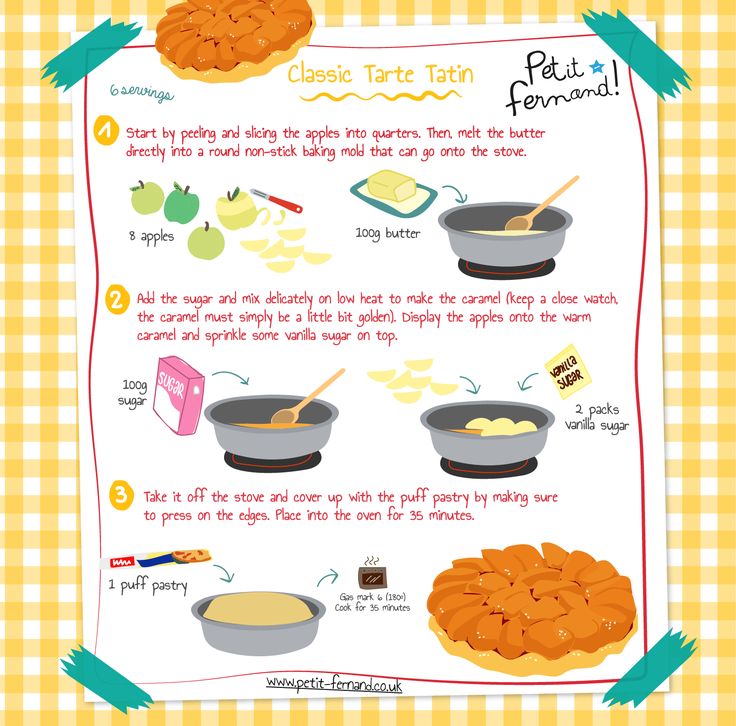
- Cook food until it's very tender. Steaming and microwaving in just a little water are good methods to retain vitamins and minerals in fruits and vegetables. When cooking meats and fish, remove all gristle, skin and bones before cooking.
- Puree or mash fresh fruit or fruit canned in its own juice. Never add honey to foods or drinks for children under 12 months, as it may contain Clostridium botulinum spores. Also avoid adding corn syrup or other sweeteners as they only provide extra calories but not nutrients.
- Make sure the texture and temperature are appropriate. Some foods pose a choking risk and are not recommended for infants, such as whole grapes, raisins, and pieces of hot dog. Pureed foods can be thinned, if needed, by adding breastmilk, formula, or water. Cow’s milk and milk alternatives should not be used during the first year. After warming solid foods, be sure to mix thoroughly and recheck the temperature so as not to burn the infant’s mouth.

- Cook eggs, meats and poultry until well done. Babies are especially susceptible to food poisoning caused by eating undercooked meats, poultry and eggs. Be certain that all meats and fish are cooked to proper temperatures; 145°F for fish and whole cuts of beef and pork, 160°F for ground beef and egg dishes and 165°F for all types of chicken and poultry or leftovers.
- For convenience, freeze prepared baby food for later use. Freeze it in small portions in a clean ice cube tray. Once frozen, put the cubes into clean, airtight, freezer-safe food containers for single-serving portions. As another method, use the "plop and freeze" technique: plop meal-size spoonfuls of pureed food onto a cookie sheet, freeze, then transfer the frozen baby food to clean freezer-safe containers for storage in the freezer.
- If you're cooking the same food for the rest of the family, remove the baby's portion before adding salt and seasonings. A baby's taste buds can be very sensitive.
 As the baby grows and becomes more used to table food, feel free to add seasonings other than salt.
As the baby grows and becomes more used to table food, feel free to add seasonings other than salt.
Keeping Baby Safe
Preparing homemade baby food requires extra care to keep baby's food safe and to retain the nutrients from fresh foods. After you've prepared the food, either serve it or refrigerate it right away. Keep homemade baby food in a covered container for one or two days in the refrigerator or one to two months in the freezer with a label and date. Small portions served in separate dishes are ideal because any food that was served, but not eaten, must be thrown out. Bacteria thrive in the mouth, so if a spoon goes into the baby's mouth and then touches the food, that food should not be saved for later.
It's Fine To Buy Store-Bought Baby Food Too
Commercial baby foods are nutritious options for feeding baby, too. Today's commercial baby foods provide balance and variety with carefully controlled and consistent nutrient content, so don’t worry if you supplement your baby's intake with commercial baby foods.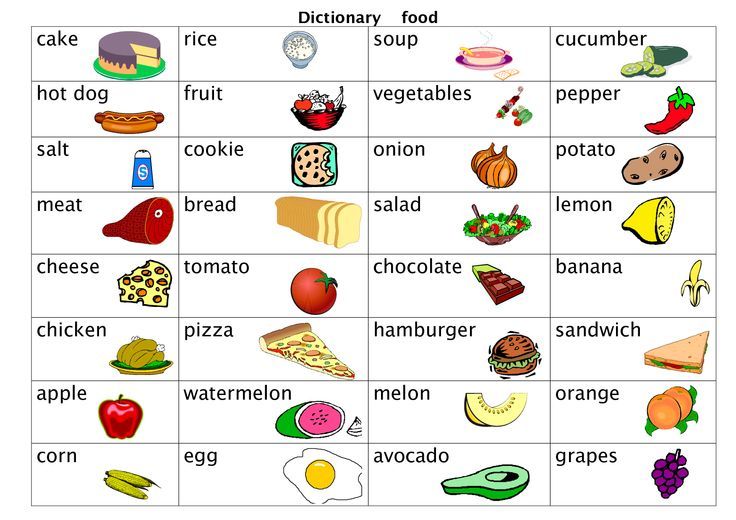 Be sure to talk to your baby's health care provider about which foods are best for your baby and if any dietary supplements may be recommended.
Be sure to talk to your baby's health care provider about which foods are best for your baby and if any dietary supplements may be recommended.
Tags
Find a Nutrition Expert
Looking for credible nutrition information and recommendations? The Academy of Nutrition and Dietetics' network of credentialed food and nutrition practitioners are ready to help!
See Directory
What to cook for children, menu from 1 to 7 years old: 350 recipes with photos
Recipes for meals that can be prepared for a child with step by step photos. Breakfasts, lunches, dinners, afternoon snacks. Dishes like in kindergarten. Proven recipes with cooking times
Kindergarten Recipes Dinner Recipes for Kids Breakfast Recipes for Kids Soup recipes for kids Salad Recipes for Kids Recipes for baking and sweets for children side dish recipes for kids How to "hide" vegetables for kids Thinking out what to cook for a child is another quest, because food should be both tasty and healthy, and meet many more children's whims.
Here you will find many suitable recipes for children to prepare for breakfast, lunch or dinner. Read more
One of the best soup options for children is, of course, with meatballs.
An airy and infinitely delicious cake made from the simplest ingredients, easy and quick to prepare - this is a cake with sour cream and raisins.
Incredibly tender, tasty and healthy chicken liver pancakes are obtained according to this PP recipe.
Donuts according to the classic recipe are cooked on kefir and from the simplest ingredients.
Salad with carrots, apples and dried fruits - a great option for a children's menu from 2 to 6 years old.
Mannik is one of the simplest and most economical types of baking. It is the easiest to prepare.
The recipe for a cake with raisins in milk is very simple. You don't need to beat anything for him.
An excellent low-calorie no-bake dessert for the New Year is panna cotta.
The low-calorie version of the Potato cake will never replace the original.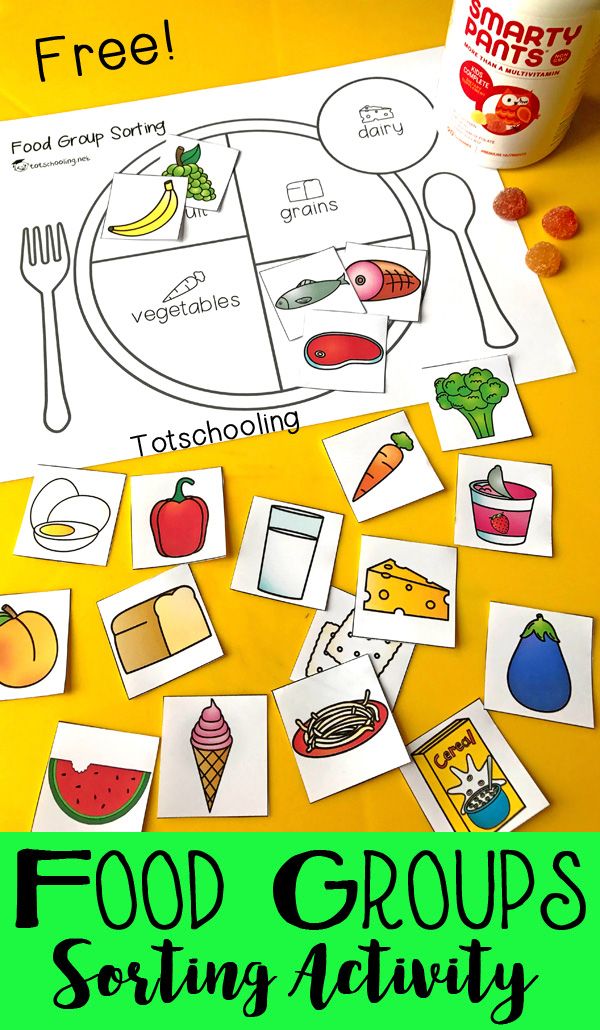
Quince has a pleasant aroma and delicate fruity taste, and can be used to make a variety of dishes, including delicious desserts.
These fragrant yeast-free dough tarts with juicy apple filling bake very quickly.
Sweet braided yeast dough with cinnamon - soft inside, spectacular, with caramelized crispy edges.
Royal cheesecake, despite its name, is more like a sweet pie with crumbly crispy dough and a delicate cheesecake-like filling.
A wonderful recipe for meatballs for children is hedgehogs, I cook them in a pan.
Cheesecakes with cottage cheese from yeast dough - a wonderful weekend breakfast.
Funny hedgehogs with gravy will surely please your kids. Light sour cream sauce goes well with unusual meatballs.
The recipe for the most delicious cake - this, of course, sounds subjective. But yes, I have it.
This simple and delicious cheesecake recipe uses only available and inexpensive ingredients.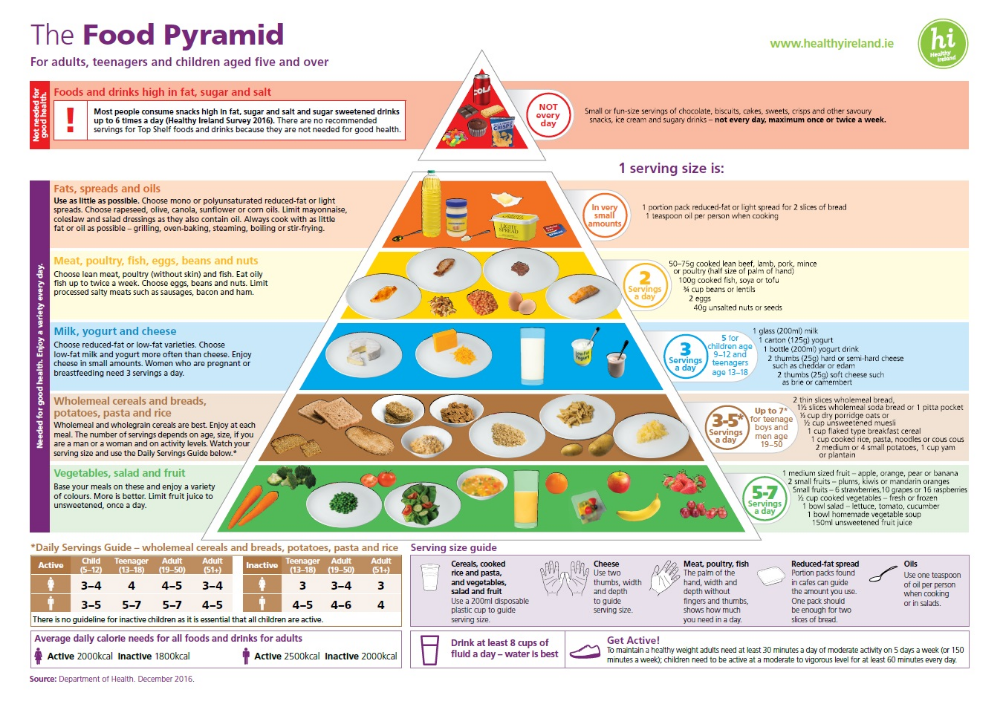
Curd cake with raisins bakes quite quickly in the oven and will become a lifesaver for the arrival of guests and home tea drinking.
Carrot cake according to the classic recipe is prepared quite simply. And the products for him are also simple.
Meringue is a sweet, crunchy dessert made with minimal ingredients.
This grated cottage cheese pie always pleases my family with its aroma and taste, I bake it in the oven.
Many people remember from childhood the taste of tender cake Mishka in the north. Thin shortbreads soaked in fragrant sour cream with vanilla and a light crunch of walnuts.
Grated shortcrust pastry pie with apple from childhood. Now more and more people are looking for recipes for fashionable macaroons and canelli, and earlier our mothers and grandmothers baked the simplest pies that were and remain insanely delicious.
Thinking out what to cook for a child is another quest, because food should be both tasty and healthy, and meet many more children's whims.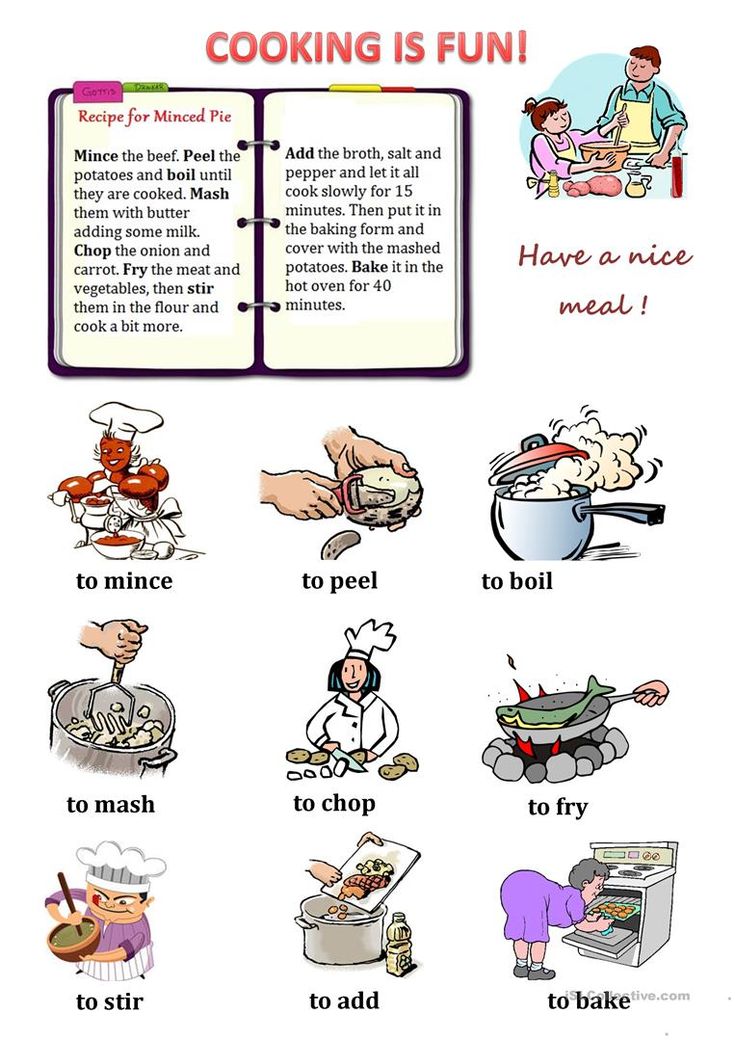
Here you will find many suitable recipes for children to prepare for breakfast, lunch or dinner.
For your convenience, we have divided the recipes into categories: breakfasts for children, soups for children, side dishes for children, dinners for children, desserts for children.
There is also a category of recipes “how to hide vegetables for children in baking” – for those mothers whose children cannot stand everything healthy and prefer to eat only sweets. :)
All recipes are suitable for children's menus, tested by our authors and their children, so feel free to choose what suits you!
You will also be interested in our training “How to teach a child to eat right in 2 weeks”.
150 dishes with step by step photos
Recipes according to GOST for children in kindergarten from 1 to 7 years. Proven recipes with step by step photos, calories and cooking time. Breakfasts for children, lunches, dinners
Breakfast like in kindergarten Porridge like in kindergarten Soups like in kindergarten Second courses like in kindergarten Side dishes like in kindergarten Kindergarten vegetable recipes Desserts and pastries like in kindergarten Salads like in kindergarten Children are often reluctant to eat in kindergarten.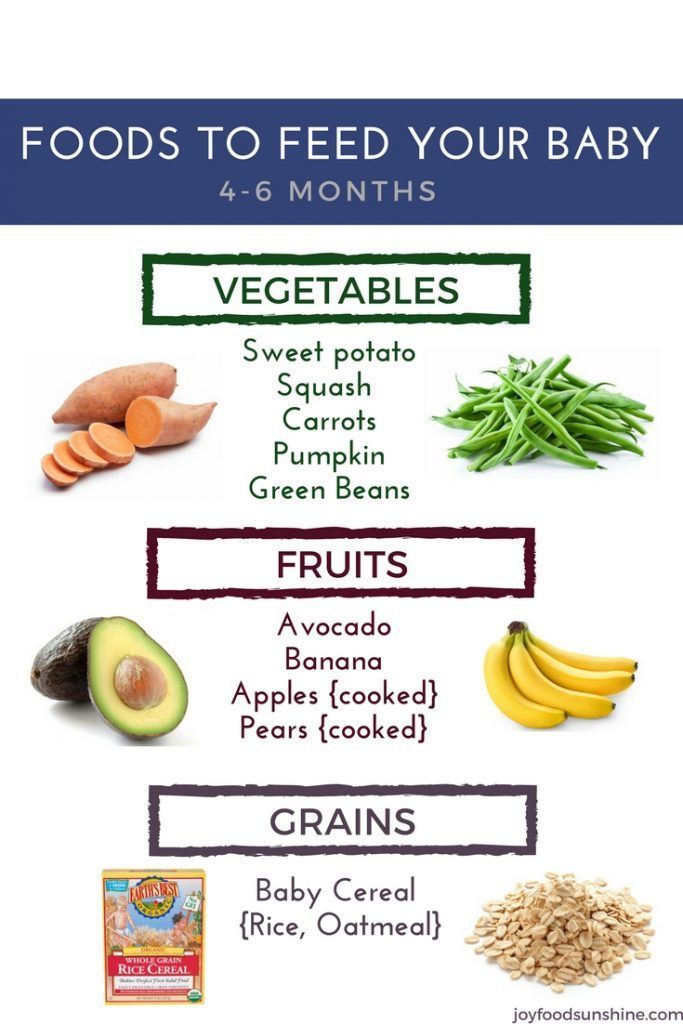 The food is unusual, not homemade, “strange”.
The food is unusual, not homemade, “strange”.
But it often happens the other way around: “I want it to be like in a kindergarten!”. If this is your case, then this collection of kindergarten-style recipes is perfect for you and your child. Read more
Quince has a pleasant aroma and delicate fruity taste, and can be used to make a variety of dishes, including delicious desserts.
With or without apples, with jam or sour cream, these pancakes are good for everyone.
Sauerkraut soup like in kindergarten is recommended for older children.
Kindergarten-style cheese omelette is a wonderful breakfast for the whole family. Due to the presence of cheese in the recipe, the omelet is not bland, so parents will also like it.
Oranges are citrus fruits that we see on the shelves of shops all year round.
Fish baked in an omelette like in a kindergarten - a dish that is absolutely predictable in taste.
Too many parents experience their children's dislike for vegetables, and this is often frustrating.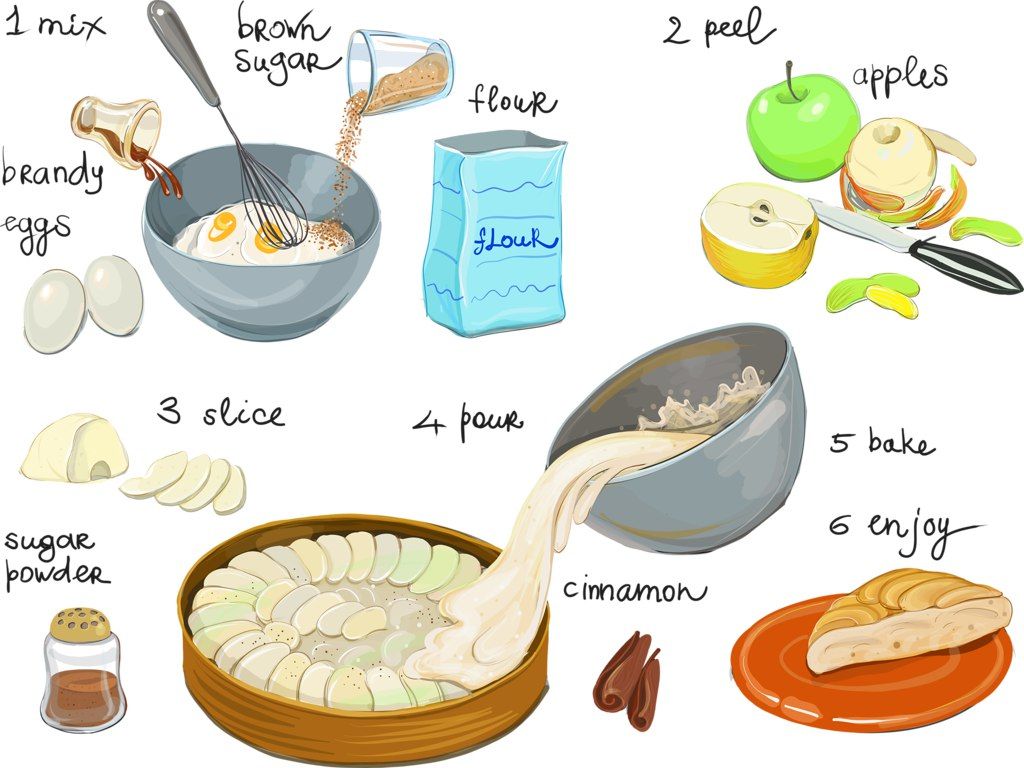
Adding another great soup to my kindergarten recipe box. Bean dishes are always hearty and healthy, and green peas, moreover, not only cook quickly, but also please with their beautiful green color.
After a year, the children's menu expands significantly and one of the first dishes that are introduced into the diet of babies is puree soups.
Pretty satisfying, thanks to potatoes, and fresh, thanks to cucumber, the salad will surely appeal to children.
In winter and spring, it is recommended to introduce dried fruits into the children's diet, since fresh fruits at this time of the year contain much less vitamins and nutrients.
Another salad in the piggy bank of recipes according to the kindergarten's technological maps.
From the age of about a year, fruits are introduced into the child's diet. Of course, if a child has few teeth and still cannot chew pieces, then we can only talk about fruit purees.
I would never have thought that rabbit meatballs like in kindergarten can be so tender and juicy!
Carrots stewed with rice and prunes, like in kindergarten - hearty, tasty, slightly sweet and, thanks to prunes, very fragrant dish.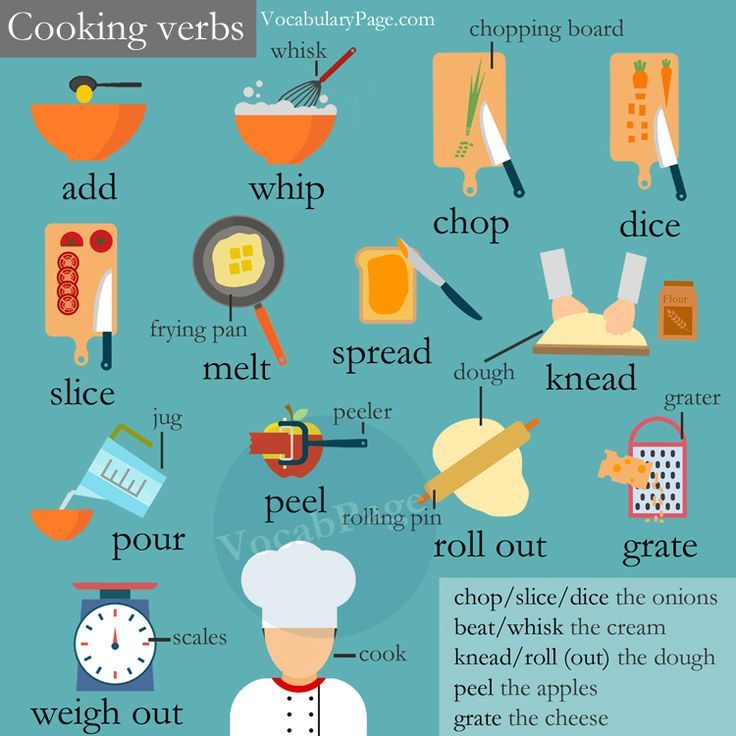
Almost everyone remembers this pasta and cottage cheese casserole, it was a frequent guest on the tables in many kindergartens.
Boiled pasta baked with eggs, as in kindergarten, is suitable not only for a children's table, but can also be an interesting side dish for people on a diet (suitable for diets No. 3, No. 4c, diets No. 6, 7, 8, 10 , 11 and 15).
Soup-puree from zucchini, like in kindergarten, turns out to be very tender, calm, pleasant to the taste.
How many children love cauliflower? I don't know them :) Usually, the very smell of boiled cauliflower already drives the children out of the kitchen, but not in this case.
Fish patties with vegetables baked like in kindergarten - quite an interesting dish.
Delicious and fragrant garnish with a golden crust is potatoes baked in sour cream, like in a kindergarten.
Now even small children know that it is healthy to eat vegetables, but few people realize that the color of these vegetables is also of great importance.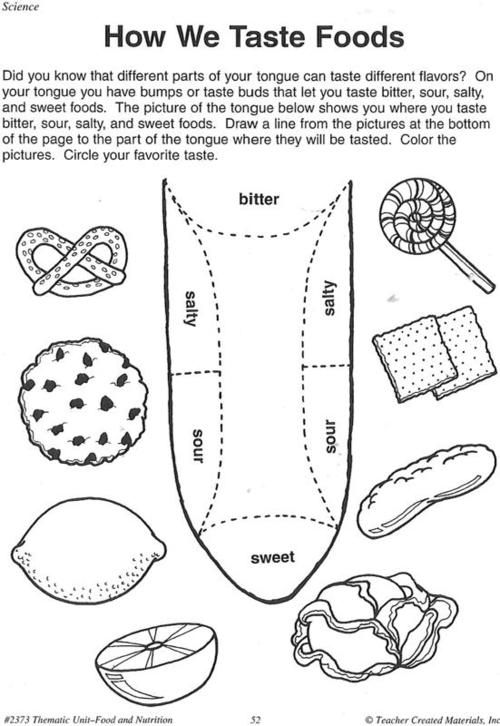
Delicious, hearty and healthy chopped chicken fillet with scrambled eggs and vegetables, cooked like in a kindergarten, the whole family will like it.
Using the most common and familiar products in every kitchen, let's cook krupenik like in kindergarten.
Children are often reluctant to eat in kindergarten. The food is unusual, not homemade, “strange”.
But it often happens the other way around: “I want it like in a kindergarten!”. If this is your case, then this collection of kindergarten-style recipes is perfect for you and your child.
In addition, all the recipes from this collection are prepared according to technological maps for preschool institutions and are ideal for organizing baby food.
If your "Nehochuha" eats mostly pasta and refuses to eat anything else, you will find suitable options here to diversify your child's diet.
For example, if a child eats semolina porridge in kindergarten, but refuses to eat it at home, you can find here a recipe for semolina in the form in which the child eats it in kindergarten.